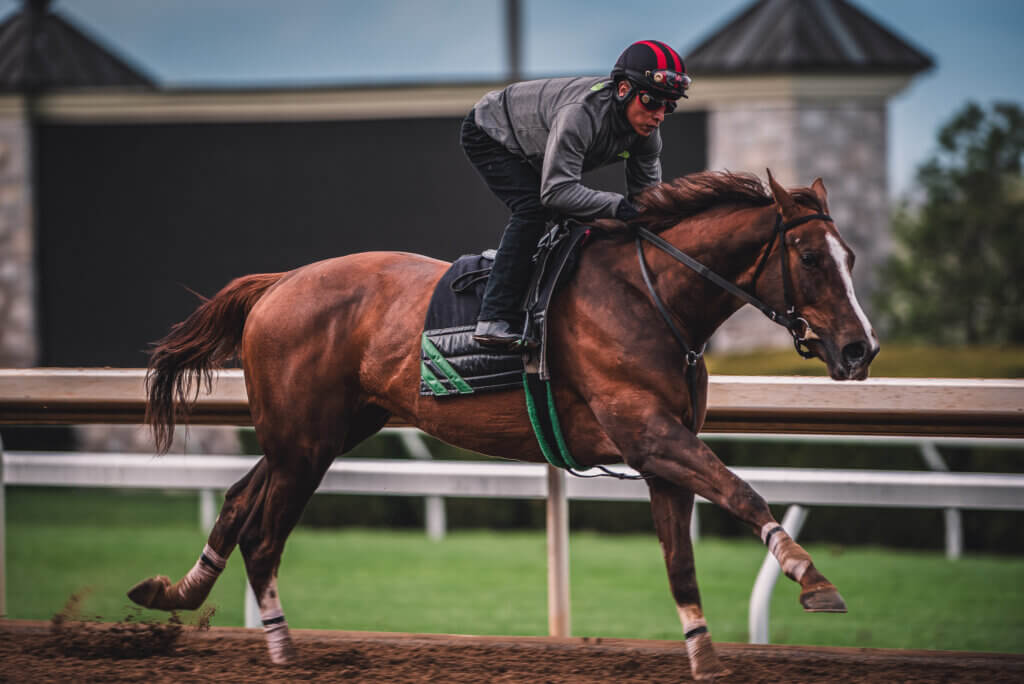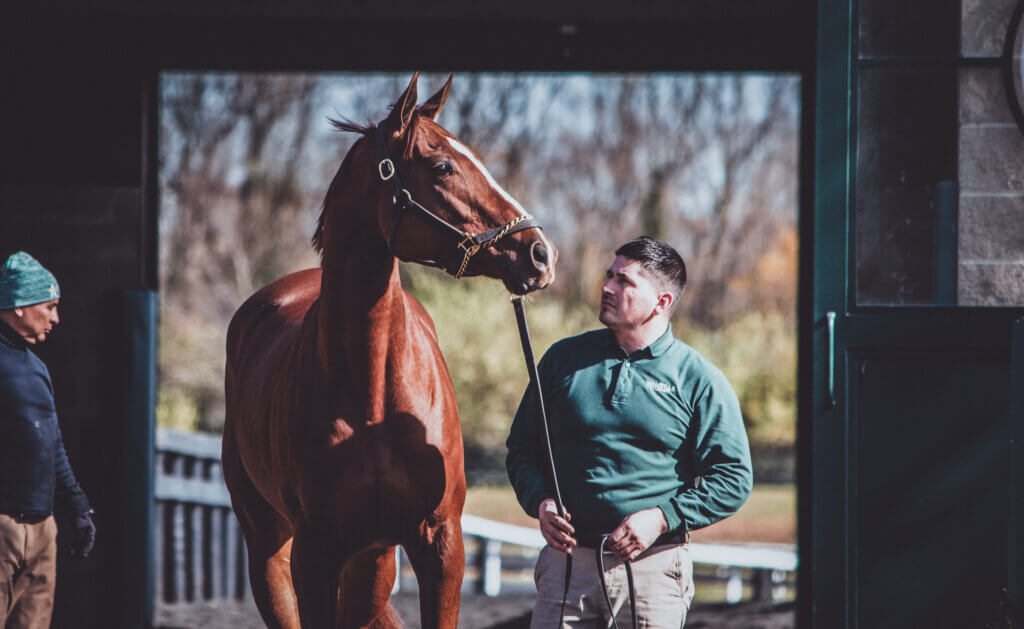Fatalities in the equine world are a tragic reality, deeply impacting all involved. The loss of any horse is heart-wrenching, regardless of one’s connection to the sport or the injured horse. The equine industry has long been dedicated to mitigating race-related injuries and fatalities through extensive research and meticulous racehorse oversight.
While 99.9% of races are safe, even one horse fatality is too many. Efforts to improve racehorse safety are being significantly intensified in response to fatalities, involving collaboration among veterinarians, trainers, and regulatory bodies to develop comprehensive strategies aimed at reducing risks on the track.
Accurate Data Capture
To capture accurate numbers and information relating to any death or severe injury of a racehorse within 72 hours of racing, the creation of the Equine Injury Database was introduced by The Jockey Club in 2009. Every year information from approximately 99% of all racing events are logged and then analyzed by a specialist team. The ability to meticulously document these tragic events has had a big impact and the analysis of the data has enabled trends and important observations to be made.
For example, we identified that a horse that neither trains nor races as a two-year-old is at increased risk of injury when it starts racing. In these cases, increased levels of veterinary oversight and caution can help to protect such horses as they enter their athletic career.
The Statistics
So what are the statistics? Below is a table of race related fatalities taken from the Jockey Club Equine Injury Database. The figures are presented in terms of fatalities for any reason (injury, sudden unexplained death, illness) in a race or within 72 hours of a race, per 1000 starts.
Year | 2009 | 2010 | 2011 | 2012 | 2013 | 2014 | 2015 | 2016 | 2017 | 2018 | 2019 | 2020 | 2021 | 2022 | 2023 |
|---|---|---|---|---|---|---|---|---|---|---|---|---|---|---|---|
Rate | 2.00 | 1.88 | 1.88 | 1.92 | 1.90 | 1.89 | 1.62 | 1.54 | 1.61 | 1.68 | 1.53 | 1.41 | 1.39 | 1.25 | 1.32 |
As you can see from this table and related graph below, from 2009 to 2023 there is a distinct trend downwards, indicating fewer race related fatalities. Every horse fatality is a tragedy, but statistically speaking, the rarity of events makes an accurate study of the numbers difficult.
The EID framework has successfully captured data that has helped drive down these numbers and has been further bolstered by the recent introduction of the Horseracing Integrity and Safety Authority (HISA).
In fact, at HISA tracks, the rate of fatality in 2023 dropped to 1.23, then plummeted in 2024 to 0.90.
However, recent high-profile horse fatalities have intensified public scrutiny and underscored the critical need for further immediate action to protect equine athletes. It’s a pivotal time for the industry to reinforce its commitment to horse welfare by implementing stricter safety protocols and leveraging research to decrease the rate of fatalities.
HISA is the federal body set out following the passage of the Horseracing Integrity and Safety Act in December 2020. It provides uniform testing and regulatory oversight to horseracing in the United States[1] and has safety and welfare at its center. As a result of increased medical record documentation, veterinary oversight, and collaboration between trainers, veterinarians, owners and scientists HISA is capturing more data and more details than ever before.
It is projected that analysis of this data will further impact our ability to reduce injuries and deaths in racing horses, making our sport safer for horse and jockey alike.
[1] HISA is the governing body in all States save those filing lawsuits against its implementation.
Sources
The Equine Injury DatabaseTM
https://jockeyclub.com/default.asp?section=Advocacy&area=10



